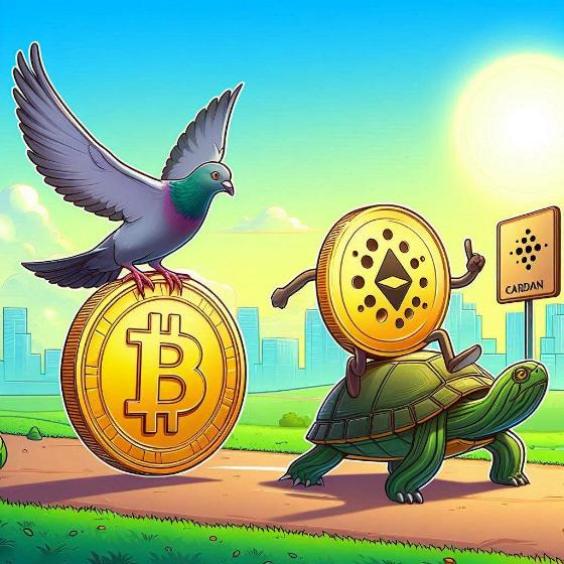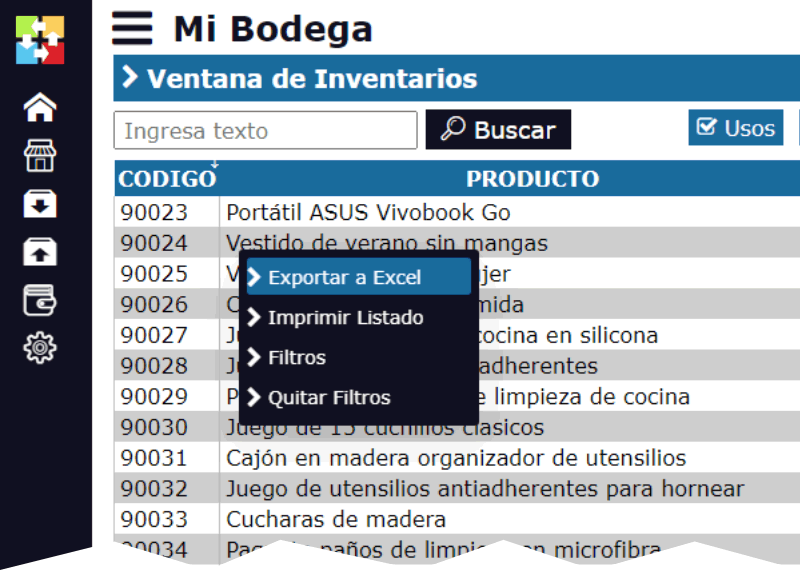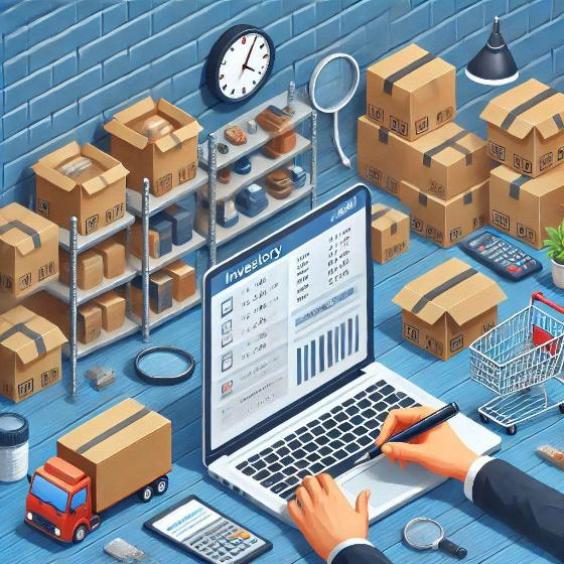Bitcoin vs Cardano: What's wrong with Cardano that it's not taking off?
Cardano (ADA) is one of the most promising cryptocurrencies in the crypto ecosystem. Since its launch in 2017, it has attracted attention for its scientific and academic approach, the use of smart contracts, and its long-term vision of becoming the most efficient and sustainable blockchain. Despite its solid technological base, large market capitalization, and a fanatical community of followers, Cardano has not been able to gain momentum in terms of price.

After its historical peak in September 2021, when it reached $3, Cardano has experienced a constant and prolonged decline. Currently, it remains in a much lower price range, around $0.25-$0.30, which has raised questions among investors: What is happening to Cardano?
Factors explaining Cardano's stagnation
Slow and methodical development
One of the most praised and criticized aspects of Cardano is its development approach. Unlike other blockchains that quickly launch features, Cardano follows a rigorous process based on peer-reviewed scientific research. Although this ensures a more robust and secure product, it has also delayed the implementation of important features such as smart contracts or the ability to support decentralized applications (dApps). This has caused many projects and developers to opt for other faster blockchains, such as Ethereum or Solana.
Fierce competition
The cryptocurrency space is extremely competitive. While Cardano was taking its time implementing key features, other chains such as Ethereum, Polkadot, and Solana have advanced rapidly. Ethereum remains the undisputed king of smart contracts and dApps, despite its scalability issues. Solana, on the other hand, has attracted attention for its speed and low cost. The competition has left Cardano behind in terms of adoption and real-world use.
Loss of momentum after the 2021 peak
During the 2021 bull run, expectations for Cardano were immense. The launch of smart contracts on the network after the Alonzo update created enormous enthusiasm, but reality was slower than expected. After the peak, the market did not see an immediate explosion of dApps or projects that justified the price increase. The euphoria dissipated, and the price began to fall, also affected by the general conditions of the cryptocurrency market, which entered a bear cycle.
Market distrust
Despite its large market capitalization (around $9 billion), investors are still waiting for more tangible evidence that Cardano can effectively compete in an environment full of functional blockchains and active projects. The lack of significant projects built on Cardano has generated a perception that the ecosystem is not yet ready to take off.
General bear market
The context of the cryptocurrency market in general cannot be ignored. Since the end of the 2021 bull run, the market has entered a bear cycle that has affected almost all cryptocurrencies, including Cardano. Bitcoin, as the dominant cryptocurrency, has also seen its price correct, and this has affected the entire sector. Macroeconomic conditions, such as global inflation and central bank monetary policy, have also cooled the appetite for speculative assets such as cryptocurrencies.
Why does Cardano still have a large capitalization?
Despite the price drop, Cardano remains one of the largest cryptocurrencies by market capitalization. This is due to several factors:
A loyal community: Cardano followers believe in its long-term approach and are willing to wait. This unwavering support has allowed ADA to maintain its position in the top 10 most valuable cryptocurrencies.
Solid fundamentals: Cardano has an advanced architecture and a development team led by Charles Hoskinson, who constantly communicates its progress. At a technical level, it is one of the most promising blockchains in terms of scalability and efficiency.
Future expectations: Although it has had slow development, many investors still believe that Cardano will eventually deploy its full potential. Updates such as Hydra, which promises to significantly improve scalability, generate expectations that Cardano could be better positioned in the future.
So, what's happening to Cardano?
In summary, Cardano is not gaining momentum because its progress has been slower than expected, in an environment where other cryptocurrencies are advancing at a faster pace. However, its large capitalization and community reflect that many investors still believe in its long-term vision. The general bear market has also affected its performance, but as the cryptocurrency market recovers and Cardano implements more improvements, it could have a new opportunity to rebound.
Time will tell if Cardano finally fulfills its promises, but for now, it remains a sleeping giant in the world of cryptocurrencies.






